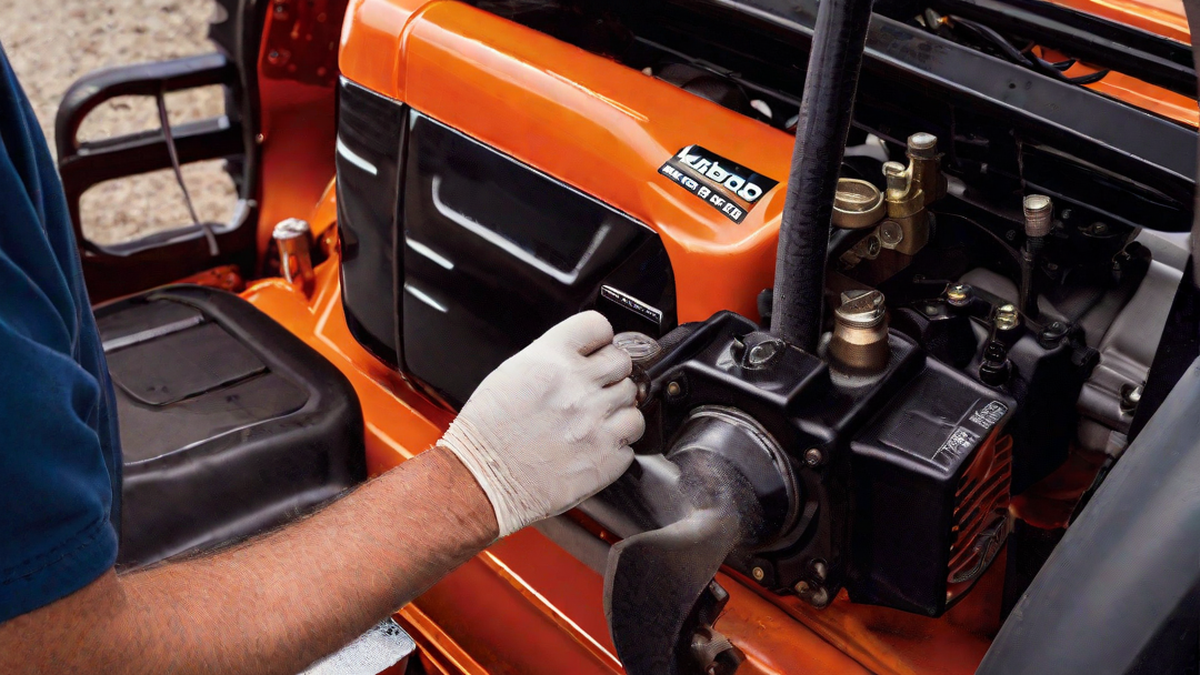Running out of fuel while operating heavy machinery like a Kubota tractor can be a frustrating experience. This happened to me recently, and I had to figure out how to get my Kubota tractor up and running again. After consulting with experts and doing some trial and error, I’ve compiled a detailed guide on how to start a Kubota tractor after running out of fuel.
Gather Your Tools
The first step is to gather the necessary tools to complete the task. You’ll need a fuel can with fresh diesel, a socket wrench, and some rags. It’s always good to have these items on hand for any unforeseen circumstances.
Refill the Fuel Tank
Using the fuel can, carefully refill the fuel tank with fresh diesel. It’s important to ensure that the diesel is clean and free from any contaminants, as this can cause issues with the engine.
Purge the Air from the Fuel System
After refilling the tank, you’ll need to purge the air from the fuel system. This can be done by locating the fuel bleed screw, usually found near the fuel filter. Loosen the screw with the socket wrench and pump the primer until you see a steady flow of fuel, indicating that the air has been purged from the system.
Prime the Engine
Next, it’s time to prime the engine. This can be done by using the manual lift pump to pump fuel into the fuel injection system. It may take several pumps to ensure that the system is adequately primed.
Start the Engine
With the air purged from the system and the engine properly primed, it’s time to start the engine. Turn the key in the ignition and allow the Kubota tractor to crank. It may take a few attempts, so be patient. Once the engine starts, allow it to run for a few minutes to ensure that the fuel is flowing smoothly through the system.
Conclusion
Experiencing a fuel outage with your Kubota tractor can be a daunting situation, but with the right tools and knowledge, it’s possible to get it back up and running. Remember to always prioritize safety when working with heavy machinery and consult a professional if you’re unsure about any steps. By following these steps, you can confidently handle the situation and get back to work efficiently.

